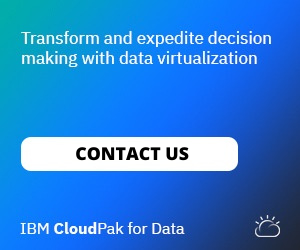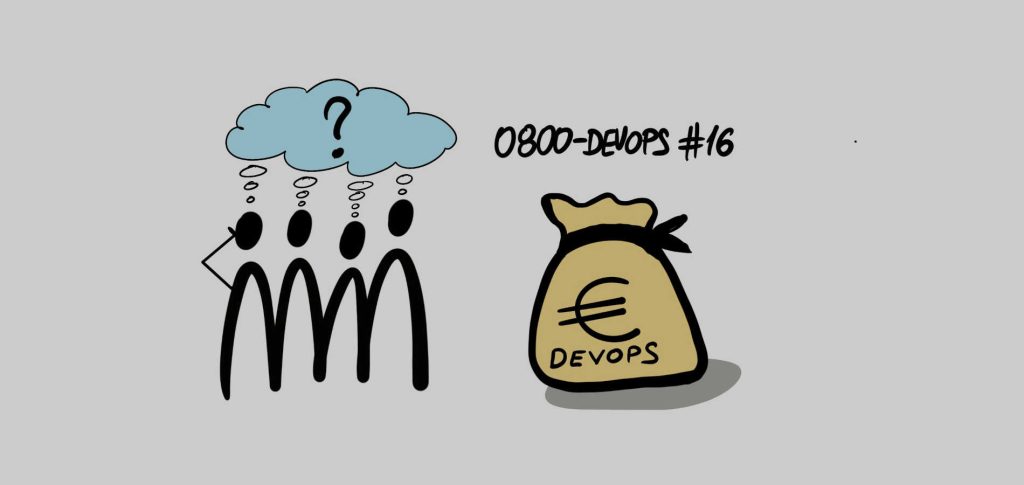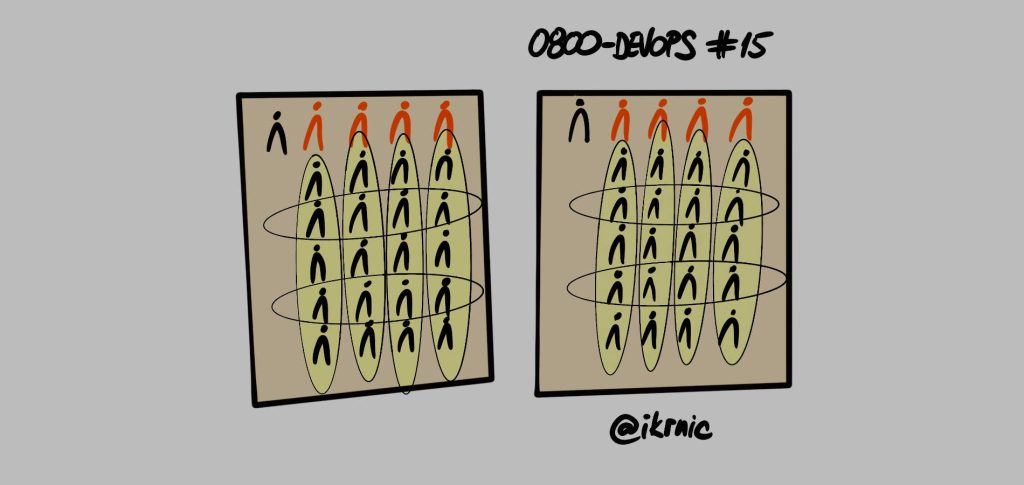An unpretentious newsletter that started as a personal learning and getting-in-touch project by Ivan Krnic grew into a popular sociotechnical newsletter covering topics of technical excellence, organizational improvements, and productivity.
Project to Product
Nowadays, successful organizations are depending on digital innovation. Managing digital innovation is very different from building bridges or buildings, and requires a completely different approach. An approach based on understanding the problem, setting hypotheses, iteratively validating them, and learning in the process about the users and the problem. Software is a canonical example of digital innovation.
Unlike bridges and buildings, software is never really “done”. There is always something that needs to be adjusted, improved, aligned with regulations or customer expectations.
Software is never finished, merely abandoned.
— I Am Devloper (@iamdevloper) July 25, 2020
Software products should be managed as digital innovation, and not as a well-understood manufacturing process. We should always consider the complete software product lifecycle instead of managing it through a series of independent short-sighted projects. Each of these projects can end up successfully based on its proxy metrics of time, scope and cost, but delivering a completely wrong thing that nobody wants to use or accumulating technical debt that renders further product maintenance and evolution impossible.
Moving from project to product mindset is a key differentiator of successful organizations. Those that make this leap will thrive in the long run. Those that don’t will continue celebrating false successes based on proxy metrics and probably end up stating “we didn’t do anything wrong, but somehow, we lost”, not realizing what went wrong along the way.
Mik Kersten has researched this topic a lot and summarized his findings in a book that I warmly recommend below. Also don’t miss my interview with Mik.
Interview of the Month

Mik Kersten on projects to products
I’ve heard rants before (mostly from my friend Davor Čengija) how projects suck and how they result in The Inverse Boy Scout Rule – they leave the product in worse condition than they found it in.
But it wasn’t until I heard Mik Kersten‘s talk on DOES 2020 and read his book that I really understood the reasoning behind it. Mik has a lot of experience in delivering software as well as in leadership positions. Precisely this experience made him realize that there’s something wrong with the way we deliver software. Local optimizations and the lack of end-to-end value stream visibility caused many successful organizations to go under. Pair that with a traditional (but still present) mindset that IT is a cost center, and you are truly set for a disaster in today’s economy.
I spoke with Mik about problems in software delivery today and the disconnect between the Business and the IT that many organizations experience. Take a look at our conversation here.
Hand picked
In this webinar IBM gives a nice overview of IBM DevOps for Cloud Paks, a toolset supporting continuous delivery, test automation, data analytics, value stream management, pipeline orchestration and release management. The whole toolset runs in IBM certified containers which means that it is available on every OpenShift instance. Our own Krešimir Musa describes typical challenges that organizations are facing today and comments on the intersection between people, processes and tools that is so important today.
Google has refreshed DORA content with a summary of DevOps capabilities and a pop quiz that let’s you know how you stack up against other organizations. The quiz can also tell you which capabilities you should prioritize based on your current situation and what worked well for similar organizations.
In case you have missed KubeCon + CloudNativeCon Europe 2020 Virtual conference, nice people from CNCF have publicly shared all the videos. Cancel your Netflix, this playlist has you covered until Christmas.
End of Summer was full of excellent virtual events with tons of great speakers. Among those I recommend DevOpsDays Chicago 2020 which has set new standards in how virtual events, communication and networking should look like. Take a look at all the sessions here.
Imagine having a team, everything seems to be set up for success, but the magic simply isn’t there. The team is revving the engine, but the engine is stuck in the second gear. If you recognize yourself in this description, you are in good company. Smruti Patel from Stripe is sharing her ideas on Debugging engineering velocity and leading high-performing teams.
Observability is often used interchangeably with monitoring which is not completely true. Monitoring is just one part of observability that addresses “known knowns” – things that we know about and are looking for. Moving to decentralized, microservice architecture things can go wrong in so many ways. Suddenly we have a lot of unknowns in the system and we need a different strategy of gathering and processing data. Instead of pre-aggregating data (as is common in traditional monitoring), we must keep them in raw form to enable ad-hoc analysis along arbitrary dimensions. Tyler Treat nicely explains the difference between observability and monitoring.
If you truly had an agile-lean-design-thinking-or-whatever company, how would you know it? How would that look and feel? John Cutler started an interesting crowdsourcing discussion which ended up being a comprehensive list of leading and lagging indicators of successful organizations.
Gitlab has designed a survey to find out whether the role of the developer is changing. Take a look at Mapping the DevSecOps Landscape report describing how DevOps culture is changing all the roles in the delivery process. Particularly interesting is that all roles in the delivery process believe that “soft skills” including communication and collaboration are going to be the most important for their future career development.
Read with us

Project to Product: How to Survive and Thrive in the Age of Digital Disruption with the Flow Framework
Disconnect between business and IT, lack of digital innovation, organizations struggling to reach their business goals… these could all be symptoms of a much fundamental problem – our approach to delivering software products. In this book, Mik connects economics theory, technological development, traditional project management and lean mindset to explain what is happening to us and how a different approach, the one based on products instead of projects, can turn the tide.





